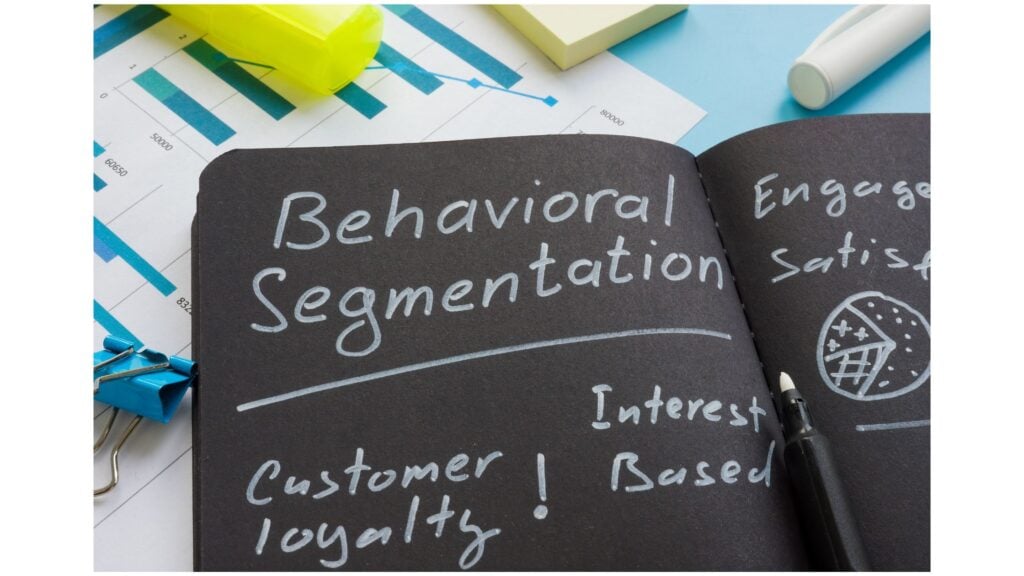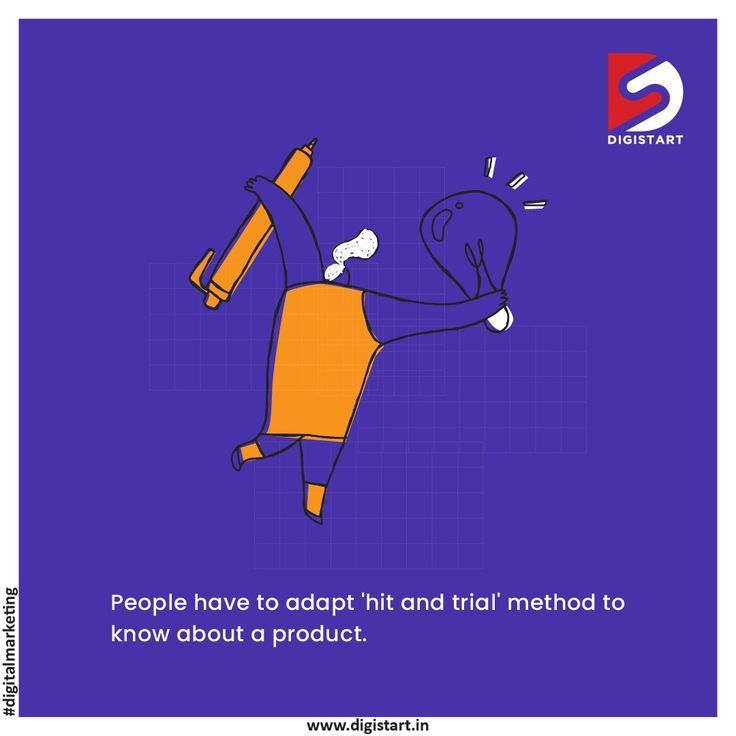AI-Powered Search Ads: Strategic Implementation for Business Success
Understand AI power search ads
Ai power search ads represent a significant evolution in digital marketing. These sophisticated advertising tools leverage artificial intelligence to optimize ad campaigns, target audiences more efficaciously, and drive better business outcomes. Unlike traditional search ads that rely intemperately on manual optimization, AI power solutions use machine learning algorithms to analyze vast amounts of data, make real time adjustments, and deliver more relevant ads to potential customers.
The core technologies behind these advanced advertising solutions include:
- Machine learning algorithms that endlessly improve campaign performance
- Natural language processing to advantageously understand search intent
- Predictive analytics to forecast consumer behavior
- Automated bidding systems that optimize budget allocation
Major platforms like Google Ads and Microsoft advertising have integratedAIi capabilities that allow marketers to harness these technologies without need specialized technical expertise. This democratization ofAIi tools hascreatede new opportunities for businesses of all sizes to compete more efficaciously in the digital advertising landscape.
Set clear business objectives for AI search campaigns
Before implement AI power search ads, marketers must establish clear, measurable business objectives. The effectiveness of AI tools depend mostly on how considerably they’re aligned with specific goals. Common objectives include:
Increase conversion rates
Ai excels at optimize for conversions by analyze user behavior patterns and adjust campaigns consequently. For this objective, marketers should focus on:
- Implement conversion tracking across all relevant touchpoints
- Utilize smart bidding strategies like target CPA or target ROAS
- Create multiple ad variations for AI to test and optimize
Expand market reach
When the goal is to reach new audience segments, AI can identify untapped opportunities through:
- Automatic target expansions base on performance data
- Discovery of new keyword opportunities through semantic analysis
- Identification of high potential geographic markets
Improve return on ad spend (rROAS)
For businesses focus on maximize the efficiency of their advertising budget, AI offer powerful tools for:
- Budget allocation optimization across campaigns and keywords
- Bid adjustments base on conversion probability
- Elimination of underperform ad elements
Build brand awareness
Ai can besides support upper funnel marketing objectives by:
- Optimize for impression share in strategic segments
- Identify content themes that resonate with target audiences
- Balance reach and frequency to maximize brand recall
The key to success is select the right AI feature that align with these specific business goals instead than implement AI tools promiscuously.
Leverage smart bidding strategies
Smart bidding represent one of the virtually powerful applications of AI in search advertising. These automate bid strategies use machine learn to optimize for conversions or conversion value in each auction — a process know as” auction time bidding. ”
Select the right smart bidding strategy
Different business objectives require different smart bidding approach:
-
Maximize conversions:
Ideal for businesses look to generate the highest possible number of conversions within a set budget -
Target CPA (cost per acquisition )
Wellspring for marketers with specific cost per conversion targets -
Target ROAS (return on ad spend )
Perfect for ecommerce businesses and others focus on revenue generation -
Maximize conversion value:
Suitable for businesses with varying conversion values look to maximize overall return
Successful implementation require provide the AI system with sufficient historical data. New campaigns may need to run with manual or simplify automate bidding until enough conversion data is collect — typically at least 30 conversions in a 30-day period for basic strategies, and 50 100 conversions for more advanced optimization.
Optimize smart bidding performance
To maximize the effectiveness of smart bidding strategies, marketers should:
- Ensure conversion tracking is decently implemented across all relevant actions
- Consider the full customer journey, include micro conversions
- Adjust targets gradually instead than make dramatic changes
- Allow sufficient learning periods to make significant campaign changes
- Regularly review and update conversion values to reflect actual business impact
Smart bidding systems become progressively effective over time as they gather more data about which users are likely to convert and under what circumstances.
Optimize ad creative with AI assistance
Beyond bidding, AI offer powerful tools for optimize ad creative elements to maximize performance and relevance.
Responsive search ads
Responsive search ads (rSAS))epresent a significant advancement in ad creative optimization. With rsaSASarketers provide multiple headline and description options, and the ai sAItem mechanically test different combinations to determine which perform wellspring for different search queries and user segments.

Source: brightbid.com
Best practices for SAS include:
- Provide astatine least 8 10 unique headlines and 3 4 descriptions
- Include a range of message approaches and value propositions
- Ensure each headline can work with any description
- Incorporate keyword course but not in every element
- Use ad strength indicators to guide improvements
Dynamic search ads
Dynamic search ads (dSAS))ake automation a step intinterchange generate headlines base on the content of your website and the user’s search query. This approach is specially valuable for:
- Businesses with large or oftentimes change inventories
- Capture long tail search traffic without manage extensive keyword lists
- Identify new keyword opportunities base on actual search behavior
To maximize DSA effectiveness, marketers should:
- Ensure website content is substantially organize and clear write
- Use page feed sources to provide additional targeting control
- Set appropriate negative keywords to prevent irrelevant matches
- Monitor performance tight and adjust target as need
Audience targeting and personalization
Ai importantly enhance the ability to target specific audience segments and deliver personalized ad experiences at scale.
Advanced audience segmentation
Ai power platforms can create sophisticated audience segments base on:
- In market signals indicate active purchase intent
- Affinity categories reflect long term interests
- Custom segments base on website interaction patterns
- Similar audiences that share characteristics with exist customers
These segments can be used for target direct or as observation audiences to inform bidding strategies.
Customer match and lookalike expansion
Upload first party customer data allow AI systems to:
- Re-engage exist customers with tailored messaging
- Find new customers with similar characteristics to your best customers
- Create segment specific bidding strategies base on customer value
This approach bridge the gap between CRM data and advertising platforms, create more cohesive customer experiences.
Personalization at scale
Ai enable personalization that would be impossible to manage manually:
- Dynamic keyword insertion to match search intent
- Location specific ad customizers
- Countdown timers for promotions and events
- Inventory base ad adjustments
- Weather trigger messaging
These personalization elements importantly improve ad relevance and engagement rates when implement thoughtfully.
Data integration and cross channel coordination
The full potential of AI power search ads is realized when they’reintegratede with other marketing channels and data sources.
First party data activation
Integrating CRM, transaction, and website behavioral data enables:
- More accurate value base bidding base on customer lifetime value
- Segment specific messaging base on purchase history
- Exclusion of exist customers for acquisition focus campaigns
With privacy regulations tighten and third party cookies phase out, first party data activation has become progressively important for effective targeting.
Cross channel attribution
Ai power attribution models provide a more accurate understanding of how search ads contribute to the overall customer journey:
- Data drive attribution assign appropriate credit to touchpoints base on their actual influence
- Cross device tracking connect user journeys across multiple devices
- Online to offline tracking connect digital ads to in store visits and purchases
These insights allow for more informed budget allocation and strategy development across channels.
Measurement, testing, and optimization
Level with AI handle much of the optimization process, marketers must establish robust measurement frameworks and test protocols.
Conversion tracking beyond transactions
Comprehensive conversion tracking should include:
- Primary conversions (purchases, lead, signups )
- Micro conversions (video views, downloads, engagement )
- Value base metrics (revenue, profit margin, customer lifetime value )
- Store visits and offline conversions where applicable
Provide AI systems with this rich conversion data importantly improve optimization outcomes.
Structured testing approaches
Despite the automation provide by AI, structured testing remain essential:
- Campaign experiments to test structural changes
- Ad variations to test message approaches
- Landing page test to optimize post click experience
- Bidding strategy tests to compare performance
The key is allowed sufficient time and data collection before draw conclusions from tests.
Performance analysis and iteration
Regular analysis should focus on:
- Trend analysis to identify shifts in performance over time
- Segment analysis to understand which audiences drive results
- Query analysis to identify new keyword opportunities
- Competitive analysis to benchmark performance
These insights should inform ongoing refinements to campaign structure, targeting, and creative elements.

Source: webfx.com
Balancing automation with strategic oversight
While AI offer powerful automation capabilities, human strategic oversight remain essential for really effective campaigns.
Areas for human guidance
Marketers should maintain control over:
- Business strategy and objective setting
- Budget allocation across campaigns and channels
- Brand voice and message guidelines
- Creative development and differentiation
- Competitive positioning and unique selling propositions
The virtually successful approach combine AI’s computational power with human creativity and strategic thinking.
Monitoring for AI limitations
Marketers should watch for common AI pitfalls:
- Over optimization for easy conversions at the expense of growth
- Excessive focus on short term metrics over long term business impact
- Unintended audience biases base on historical data
- Creative homogenization as the system converges on similar patterns
Regular reviews and manual interventions may be necessary to address these issues.
Future-proof your aiAIearch strategy
The landscape of AI power search advertising continue to evolve quickly, require marketers to stay adaptable.
Privacy first approaches
As privacy regulations will tighten and third party cookies will disappear, successful strategies will include:
- First party data collection and activation
- Privacy preserve measurement solutions
- Contextual target enhancements
- Consent base personalization
Emerge AI capabilities
Marketers should prepare for upcoming advancements:
- Generative AI for ad creative development
- Predictive analytics for customer lifetime value
- Voice search optimization
- Visual search integration
- Cross-platform identity resolution
Will stay will inform about these developments and will test new features as they become available will help will maintain competitive advantage.
Conclusion
Ai power search ads offer unprecedented opportunities for marketers to achieve business goals more expeditiously and efficaciously than e’er ahead. The key to success lie in establish clear objectives, select the right AI tools for those objectives, provide quality data, maintain strategic oversight, and endlessly adapt to evolve capabilities and constraints.
When implement thoughtfully, these advanced advertising systems can deliver significant improvements in campaign performance, customer acquisition costs, and overall marketing ROI. Yet, they require a balanced approach that combine technological sophistication with human creativity and strategic thinking.
By follow the strategies outline in this guide, marketers can harness the full potential of AI power search advertising to drive meaningful business results in a progressively competitive digital landscape.



